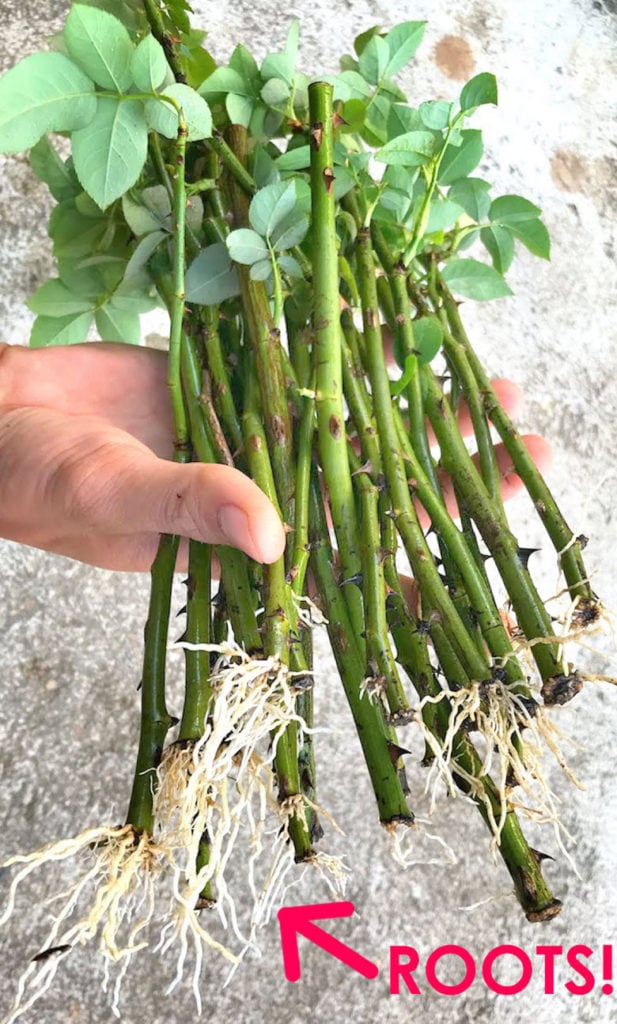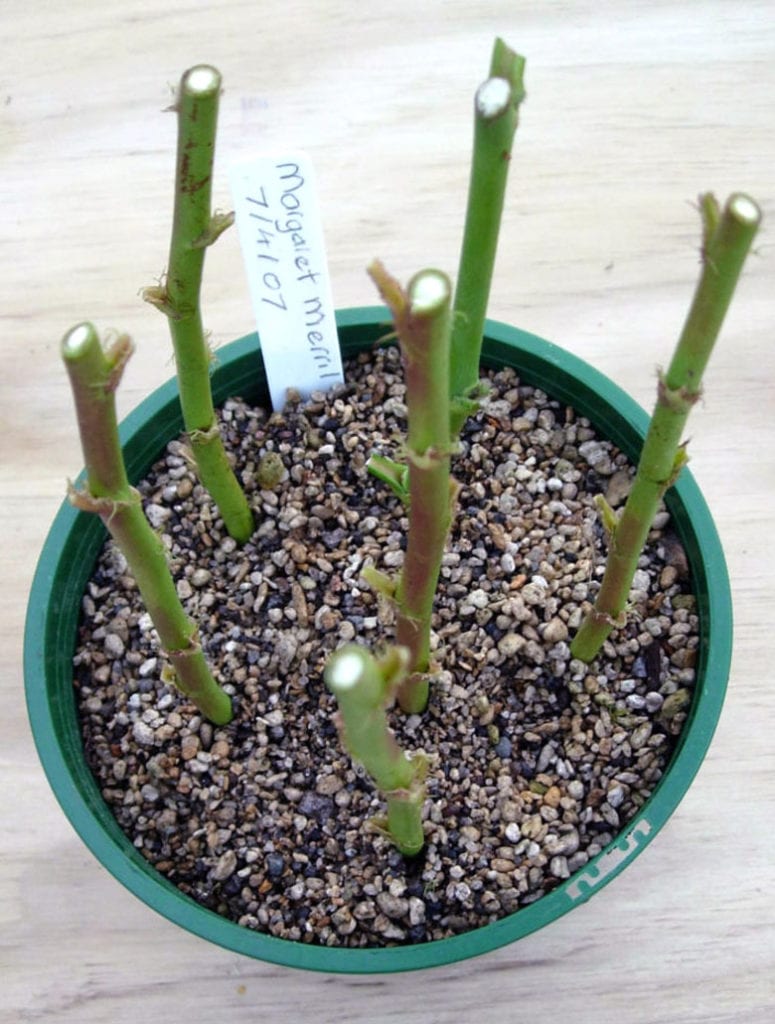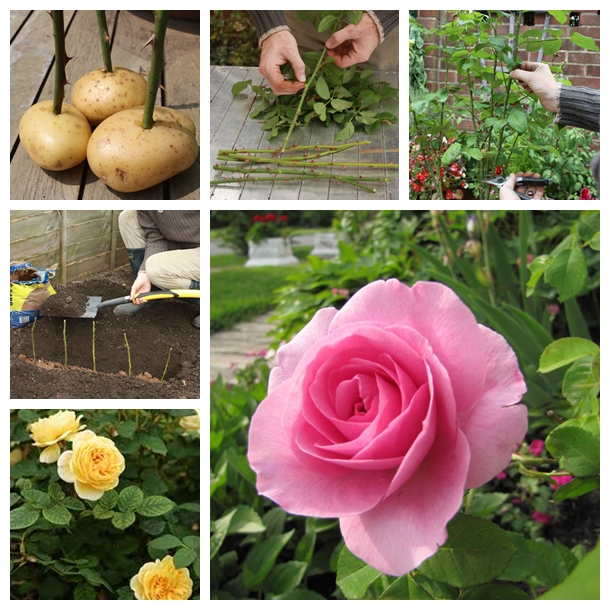Unlocking the Secrets of Rose Bush Cuttings
Growing roses from cuttings is a popular method of propagation that offers numerous benefits, including increased plant yield and reduced costs. By selecting healthy parent plants and choosing the right time for cutting, gardeners can successfully cultivate new rose bushes. This technique is particularly useful for rose enthusiasts who want to share their favorite varieties with friends and family or expand their own rose collection.
To get started, it’s essential to understand the basics of rose cutting propagation. Rose bushes can be propagated using stem cuttings, which are taken from the current season’s growth. The best time to take cuttings depends on the rose variety, climate, and time of year. In general, spring and summer are the ideal seasons for taking rose cuttings, as the plants are actively growing and producing new stems.
When selecting parent plants, look for healthy, disease-free bushes with vigorous growth. Avoid taking cuttings from weak or stressed plants, as this can reduce the chances of successful propagation. It’s also crucial to choose the right cutting material, as this will directly impact the success of the propagation process.
By following the steps outlined in this article, gardeners can learn how to grow cuttings from a rose bush with confidence. With the right techniques and a little patience, anyone can successfully propagate new rose bushes and enjoy the beauty and fragrance of these stunning flowers.
Preparing the Perfect Cutting: Tips and Techniques
To increase the chances of successful propagation, it’s essential to prepare the perfect cutting. This involves selecting the right tools, cutting the stem at the correct angle, and removing lower leaves. When it comes to tools, a sharp, clean knife or pruning shear is ideal for making precise cuts. Avoid using dull or dirty tools, as this can damage the cutting and reduce the chances of successful propagation.
The ideal length and thickness of the cutting will depend on the rose variety, but a general rule of thumb is to take cuttings that are around 6-8 inches long and about the thickness of a pencil. Cut the stem at a 45-degree angle, just above a node (where a leaf meets the stem). This will help the cutting to absorb water and nutrients more efficiently.
Removing lower leaves is also crucial, as this will help to prevent the cutting from drying out and reduce the risk of fungal infections. Leave only two or three sets of leaves at the top of the cutting, and make sure to remove any weak or damaged leaves. This will help the cutting to focus its energy on producing new roots rather than supporting a large number of leaves.
When handling the cuttings, it’s essential to be gentle to avoid damaging the delicate tissues. Hold the cutting by the leaves or the stem, rather than the node, and avoid touching the cut end. This will help to prevent the transfer of bacteria and other diseases that can reduce the chances of successful propagation.
By following these tips and techniques, gardeners can prepare the perfect cutting and increase the chances of successful propagation when learning how to grow cuttings from a rose bush. With a little practice and patience, anyone can master the art of rose cutting propagation and enjoy the beauty and fragrance of these stunning flowers.
Rooting Hormones and Their Role in Rose Cutting Propagation
Rooting hormones play a crucial role in promoting root growth and increasing the chances of successful propagation when learning how to grow cuttings from a rose bush. These hormones, also known as auxins, stimulate the cutting to produce new roots, which is essential for the plant’s survival.
There are several types of rooting hormones available, including liquid, powder, and gel forms. Liquid rooting hormones are the most common and are applied directly to the cut end of the stem. Powdered rooting hormones are also popular and are often used in combination with a liquid hormone. Gel rooting hormones are a newer type of hormone that is applied to the cut end of the stem and provides a slow release of the hormone.
When using rooting hormones, it’s essential to follow the instructions carefully and use the recommended amount. Overuse of rooting hormones can actually reduce the chances of successful propagation, so it’s crucial to use them judiciously. It’s also important to note that not all rose varieties respond well to rooting hormones, so it’s essential to research the specific needs of your rose variety before using hormones.
Some popular rooting hormones for rose cutting propagation include indole-3-butyric acid (IBA) and naphthaleneacetic acid (NAA). These hormones are available at most gardening stores and online. When using rooting hormones, make sure to handle the cuttings gently and avoid touching the cut end, as this can reduce the effectiveness of the hormone.
By using rooting hormones effectively, gardeners can increase the chances of successful propagation and enjoy the beauty and fragrance of their favorite rose varieties. Whether you’re a seasoned gardener or just starting out, rooting hormones can be a valuable tool in your rose propagation arsenal.
Creating the Ideal Environment for Rooting Rose Cuttings
Creating the ideal environment for rooting rose cuttings is crucial for successful propagation. The right conditions can make all the difference in promoting healthy root growth and increasing the chances of successful propagation when learning how to grow cuttings from a rose bush.
Temperature is one of the most critical factors to consider when rooting rose cuttings. Most rose varieties prefer daytime temperatures between 65-75°F (18-24°C) and nighttime temperatures around 55-65°F (13-18°C). Avoid placing the cuttings in areas with drafts or extreme temperatures, as this can reduce the chances of successful propagation.
Humidity is also essential for rooting rose cuttings. A humid environment helps to prevent the cuttings from drying out and promotes healthy root growth. You can create a humid microclimate by covering the cuttings with a clear plastic bag or a cloche. This will help to maintain a consistent level of humidity and promote healthy root growth.
Light is another critical factor to consider when rooting rose cuttings. Most rose varieties prefer bright, indirect light, but avoid direct sunlight, which can cause the cuttings to become scorched. East- or west-facing windows are ideal for rooting rose cuttings, as they provide gentle, indirect light.
To create a mini-greenhouse effect, you can use plastic bags or cloches to cover the cuttings. This will help to maintain a consistent level of humidity and promote healthy root growth. Simply place the cuttings in a pot or tray, and cover them with a clear plastic bag or a cloche. Make sure to provide adequate air circulation to prevent the buildup of condensation, which can lead to fungal diseases.
By creating the ideal environment for rooting rose cuttings, you can increase the chances of successful propagation and enjoy the beauty and fragrance of your favorite rose varieties. Remember to monitor the temperature, humidity, and light levels, and make adjustments as necessary to promote healthy root growth.
Planting and Caring for Newly Rooted Rose Cuttings
Once your rose cuttings have developed a robust root system, it’s time to plant them in a container or directly in the garden. When learning how to grow cuttings from a rose bush, it’s essential to provide the right conditions for the newly rooted cuttings to thrive.
Choose a well-draining potting mix specifically designed for roses, and a container that is at least 6-8 inches deep. This will give the roots enough room to grow and establish themselves. Plant the cutting in the container, making sure the node (where the leaf meets the stem) is buried in the soil. Water the soil gently but thoroughly, and provide adequate nutrients and fertilizers.
When it comes to watering, make sure to provide enough moisture to keep the soil consistently moist but not waterlogged. Overwatering can lead to root rot and other problems, so it’s essential to monitor the soil moisture levels carefully.
Pruning is also crucial for the healthy growth of newly rooted rose cuttings. Prune the cutting back to about 6-8 inches from the soil surface, and remove any weak or damaged leaves. This will help the plant to focus its energy on producing new growth and roots.
As the plant grows, provide support using stakes or trellises to keep the stems upright and promote healthy growth. Keep the area around the plant weed-free, and mulch around the base to retain moisture and suppress weeds.
By following these tips and providing the right conditions, you can help your newly rooted rose cuttings to thrive and grow into healthy, robust plants. With proper care and attention, you can enjoy the beauty and fragrance of your favorite rose varieties for years to come.
Common Challenges and Solutions in Rose Cutting Propagation
When learning how to grow cuttings from a rose bush, it’s essential to be aware of the common challenges that may arise during the propagation process. By understanding these challenges and knowing how to overcome them, you can increase the chances of successful propagation and enjoy the beauty and fragrance of your favorite rose varieties.
One of the most common challenges in rose cutting propagation is fungal infections. These infections can occur when the cutting is not properly cleaned and disinfected, or when the rooting medium is not sterile. To prevent fungal infections, make sure to use a clean and sterile rooting medium, and disinfect the cutting with a fungicide before planting.
Pests are another common challenge in rose cutting propagation. Pests such as aphids, whiteflies, and spider mites can infest the cutting and reduce the chances of successful propagation. To prevent pest infestations, use insecticidal soap or neem oil to control pests, and make sure to inspect the cutting regularly for signs of infestation.
Rooting failures are also a common challenge in rose cutting propagation. Rooting failures can occur when the cutting is not properly prepared, or when the rooting medium is not suitable for the rose variety. To prevent rooting failures, make sure to prepare the cutting properly, and use a rooting medium that is specifically designed for rose propagation.
By understanding these common challenges and knowing how to overcome them, you can increase the chances of successful propagation and enjoy the beauty and fragrance of your favorite rose varieties. With patience, attention to detail, and proper technique, you can successfully grow roses from cuttings and enjoy the many benefits of rose propagation.
Timing is Everything: When to Take Rose Cuttings for Optimal Success
When it comes to growing roses from cuttings, timing is everything. The best time to take rose cuttings depends on the rose variety, climate, and time of year. In general, the active growing season is the best time to take rose cuttings, as this is when the plant is producing new growth and is more likely to produce roots.
In temperate climates, the best time to take rose cuttings is in the spring or early summer, when the plant is actively growing. In warmer climates, the best time to take rose cuttings is in the fall or early winter, when the plant is dormant. Avoid taking rose cuttings during the hottest part of the summer, as this can cause the cutting to dry out and reduce the chances of successful propagation.
It’s also important to consider the rose variety when taking cuttings. Some rose varieties, such as hybrid teas and floribundas, are more suitable for propagation in the spring, while others, such as climbing roses and ramblers, are better suited for propagation in the fall.
When taking rose cuttings, make sure to choose healthy, vigorous stems with plenty of leaves. Avoid taking cuttings from weak or damaged stems, as these are less likely to produce roots. By taking rose cuttings at the right time and choosing healthy stems, you can increase the chances of successful propagation and enjoy the beauty and fragrance of your favorite rose varieties.
By following these tips and guidelines, you can successfully grow roses from cuttings and enjoy the many benefits of rose propagation. Whether you’re a seasoned gardener or just starting out, growing roses from cuttings is a fun and rewarding experience that can add beauty and fragrance to your garden.
Conclusion: Growing Roses from Cuttings with Confidence
Propagating roses from cuttings is a rewarding and cost-effective way to grow new rose plants. By following the steps outlined in this article, you can successfully grow roses from cuttings and enjoy the beauty and fragrance of these stunning flowers.
Remember to be patient and attentive to detail, as these are key factors in successful rose propagation. With the right techniques and a little practice, you can master the art of growing roses from cuttings and enjoy the many benefits of rose propagation.
Whether you’re a seasoned gardener or just starting out, growing roses from cuttings is a fun and rewarding experience that can add beauty and fragrance to your garden. So why not give it a try? With the right guidance and a little patience, you can successfully grow roses from cuttings and enjoy the many benefits of rose propagation.
By following the steps outlined in this article, you can learn how to grow cuttings from a rose bush with confidence. With the right techniques and a little practice, you can successfully propagate new rose plants and enjoy the beauty and fragrance of these stunning flowers.







:max_bytes(150000):strip_icc()/step06c-e15576a3b8db453085657c2f45ab7f80.jpg)